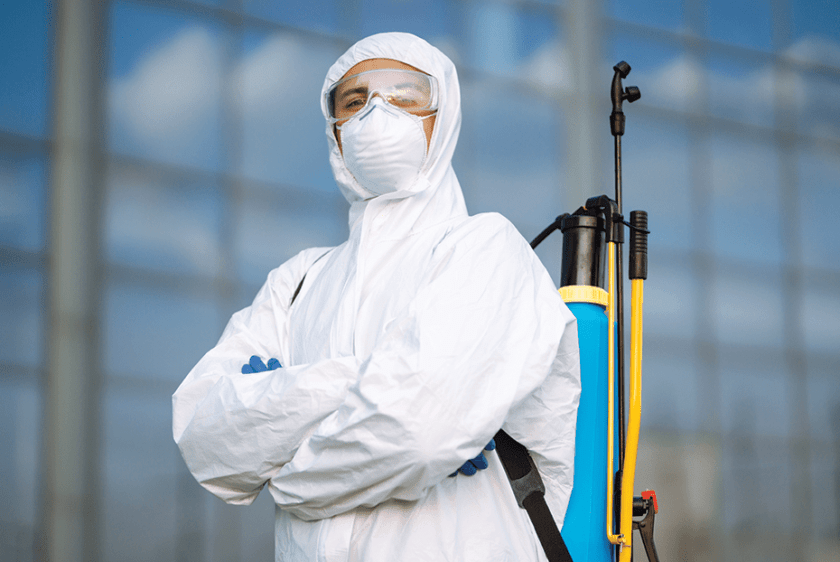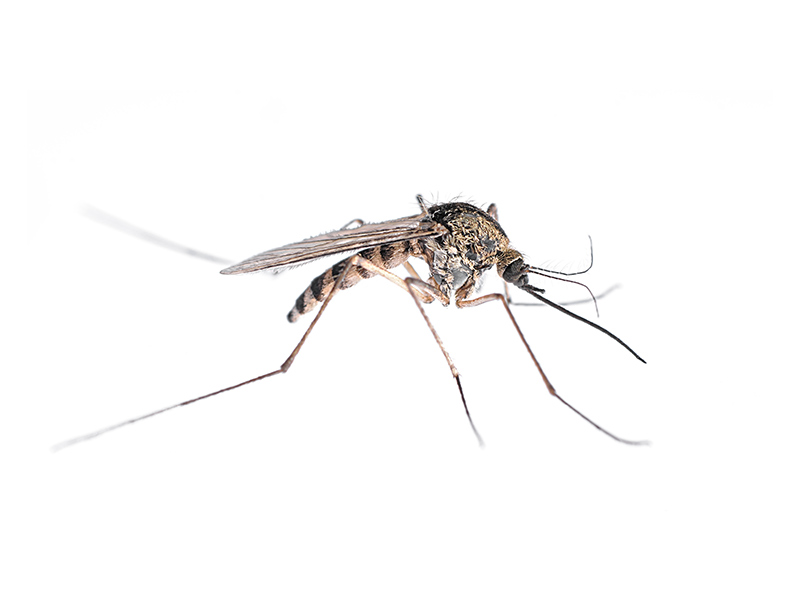Effective Pest Control to remove insects and mice effectively.
Eco-Friendly Insect Control Approaches for Taking Care Of Wildlife in Urban Areas
Urban areas frequently find themselves at the intersection of human task and wildlife, leading to distinct difficulties in pest management. These strategies not just safeguard the setting however likewise enhance community engagement in wild animals administration. As metropolitan populations proceed to grow, understanding the characteristics of wild animals interactions becomes significantly crucial.
Recognizing Urban Wild Animals Dynamics
Recognizing Urban Wild animals Dynamics is essential for creating efficient and environment-friendly insect control strategies. Urban locations are increasingly coming to be habitats for various wild animals species, driven by variables such as habitat fragmentation, food availability, and human advancement. Acknowledging these characteristics permits a nuanced approach to pest monitoring that lines up with ecological concepts.
Urban wildlife commonly includes varieties such as raccoons, squirrels, and birds, which adapt to city environments, discovering niches in eco-friendly spaces, parks, and even houses. Their presence can cause conflicts with people, particularly when they manipulate human resources for food and shelter. Understanding the habits and ecological functions of these varieties notifies approaches that reduce negative communications while advertising biodiversity.
Additionally, recognizing the interdependencies within urban ecological communities aids in determining crucial locations for habitat preservation and reconstruction. This understanding contributes to the advancement of incorporated parasite monitoring (IPM) strategies that think about the eco-friendly balance, therefore decreasing reliance on dangerous chemicals. By promoting conjunction between human beings and city wild animals, cities can produce much healthier atmospheres that benefit both homeowners and neighborhood environments, leading the way for lasting urban living.
Natural Repellents and Deterrents
All-natural repellents and deterrents offer a lasting choice to conventional parasite control approaches by taking advantage of the power of nature to maintain undesirable varieties away. These eco-friendly services normally utilize plant-based components, necessary oils, and other normally happening substances that deter pests without damaging the environment.
One reliable natural repellent is peppermint oil, which is recognized to fend off rodents and bugs. Its strong aroma is unpleasant to lots of insects, making it a preferred selection for urban settings. Likewise, vinegar and citrus peels can act as deterrents, as their strong odors are usually uninviting to different wildlife.
In addition, diatomaceous earth is a natural powder that can be spread out in locations prone to insect task, properly drying out and preventing bugs without presenting threats to non-target species. Furthermore, garlic sprays and neem oil are identified for their capability to drive away a wide variety of pests, including both pests and larger wild animals.
Carrying out these all-natural repellents not only decreases reliance on chemical pesticides yet also promotes a healthier city environment, fostering an extra balanced conjunction in between human beings and wildlife. By using these strategies, urban areas can successfully take care of bug populations while minimizing ecological effect.
Environment Adjustment Methods
Efficient environment adjustment techniques play a critical role in sustainable bug administration by modifying the atmosphere to make it less for pest invasions. By recognizing the this link eco-friendly dynamics of city locations, homeowner can execute critical adjustments that deter pests while promoting biodiversity.
(Commercial pest control Port Charlotte)One primary strategy includes maintaining correct sanitation. This includes regular waste removal, safeguarding garbage bins, and eliminating standing water to minimize reproducing websites for insects and rats. In addition, landscape design methods such as selecting indigenous plants can boost environmental equilibrium, supplying habitats for helpful microorganisms while reducing resources for parasites.
An additional crucial strategy is to seal access points in buildings. Evaluating and fixing fractures in structures, wall surfaces, and windows can substantially reduce parasite accessibility. Additionally, producing physical obstacles, such as fences or plant barriers, can hinder wildlife motion into human-inhabited locations.
Integrated Bug Administration Practices
Building upon habitat adjustment techniques, integrated bug management (IPM) methods use an alternative strategy to regulating insect populaces while lessening ecological impact. IPM incorporates different methods, consisting of biological, cultural, mechanical, and chemical controls, to accomplish effective insect management.
Organic control involves the intro of all-natural killers or parasites to reduce parasite populations. Cultural techniques, such as crop rotation and sanitation, interfere with pest life cycles and decrease their habitats - Pest Control. Mechanical controls, like traps and barriers, offer instant remedy for insect stress without chemical intervention
Chemical controls are used as a last option, concentrating on targeted applications that limit injury to non-target types and the setting. The selection of environmentally friendly pesticides, when required, is integral to the IPM framework. In addition, keeping track of parasite populaces and assessing possible damages assists educate decision-making, guaranteeing that interventions are timely and effective.
Community Involvement and Education And Learning

(Pest Control Services)Workshops and informative sessions can gear up citizens with knowledge about indigenous varieties, habitat conservation, and reliable non-toxic pest monitoring methods. Cooperation with institutions, regional companies, and federal government agencies better boosts instructional outreach, making certain that vital details reaches varied target markets.
Furthermore, community-led campaigns, such as area clean-up days and environment repair projects, not only promote biodiversity but additionally reinforce neighborhood ties. Pest Control. By urging homeowners to share their experiences and observations, communities can establish targeted methods that resolve particular neighborhood insect concerns
Including responses from homeowners into bug monitoring intends enables an extra receptive and flexible method to wildlife difficulties. Eventually, notified and engaged communities are vital to attaining long-lasting success in environmentally friendly pest control, bring about much healthier metropolitan environments that respect both human and ecological demands.

Final Thought
Finally, environmentally friendly pest control approaches offer sustainable solutions for handling metropolitan wild animals. By prioritizing environment modification, utilizing all-natural repellents, and applying integrated insect administration techniques, areas can promote an unified conjunction with neighborhood animals. Involving residents through education improves understanding and motivates accountable wildlife interactions. Eventually, these methods not just protect biodiversity but also advertise ecological wellness, ensuring urban locations remain vibrant communities where people and wildlife flourish together.